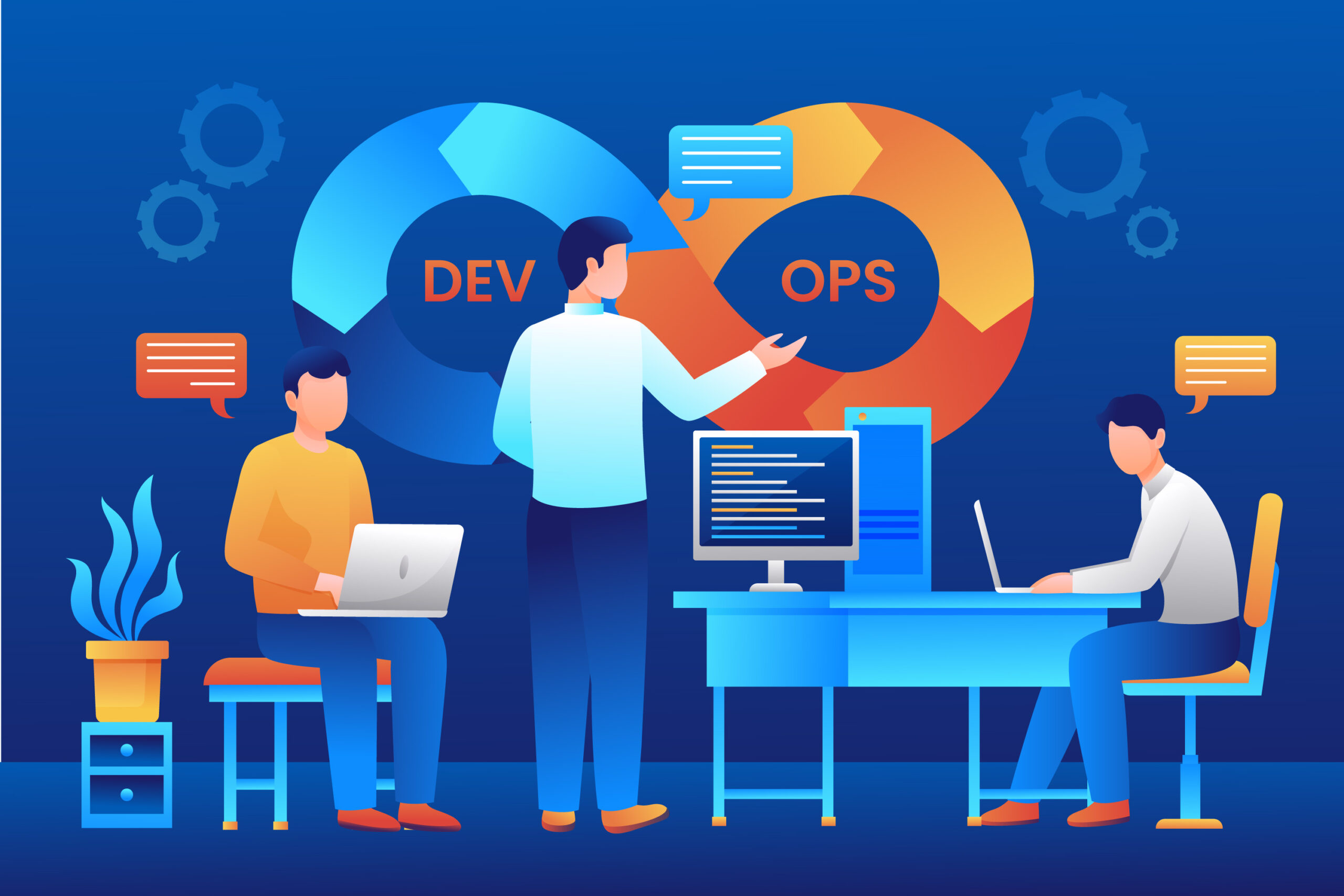Introduction
In the ever-evolving landscape of software development, agility, collaboration, and efficiency have become paramount for organizations striving to stay competitive. DevOps, a portmanteau of development and operations, has emerged as a transformative approach that integrates these two traditionally siloed domains, fostering a culture of continuous collaboration, automation, and rapid iteration. DevOps development services are now at the forefront of modern software engineering, enabling businesses to deliver high-quality software faster and more reliably.
Understanding DevOps
DevOps is not just a set of tools; it’s a cultural shift that emphasizes collaboration and communication between software developers and IT operations teams. The primary goal is to streamline the software delivery process, from initial development to deployment and ongoing maintenance. DevOps practices focus on breaking down the barriers between development, operations, and quality assurance, promoting a holistic and collaborative approach.
Key Principles of DevOps Development Services
-
Automation: Automation is a cornerstone of DevOps. By automating repetitive tasks such as code testing, building, and deployment, development teams can significantly reduce manual errors, enhance efficiency, and accelerate the release cycle. Popular automation tools include Jenkins, Travis CI, and GitLab CI/CD.
-
Continuous Integration (CI): CI involves the frequent integration of code changes into a shared repository, followed by automated testing. This practice ensures that code changes are continuously validated, preventing the accumulation of errors and streamlining the development process.
-
Continuous Deployment (CD): CD extends the CI concept by automating the deployment of code changes to production environments. With continuous deployment, organizations can release new features and enhancements rapidly, responding quickly to market demands and customer feedback.
-
Infrastructure as Code (IaC): IaC allows infrastructure configurations to be expressed as code, enabling developers to manage and provision infrastructure using the same version control tools as their application code. This approach enhances consistency, repeatability, and scalability.
-
Monitoring and Feedback: DevOps emphasizes continuous monitoring of applications and infrastructure to identify and address issues proactively. Feedback loops are established to gather insights into system performance, user behavior, and overall application health, enabling rapid responses to emerging issues.
Benefits of DevOps Development Services
-
Accelerated Time-to-Market: DevOps enables organizations to release software updates more frequently and reliably, reducing time-to-market and allowing businesses to stay ahead in the fast-paced tech landscape.
-
Improved Collaboration: By breaking down the traditional barriers between development, operations, and other stakeholders, DevOps fosters a culture of collaboration, enhancing communication and understanding across teams.
-
Enhanced Quality and Reliability: Continuous testing and automation ensure that code changes are thoroughly validated, reducing the likelihood of bugs and improving the overall quality and reliability of software.
-
Cost Efficiency: Automation and streamlined processes lead to more efficient resource utilization, reducing operational costs and optimizing the use of infrastructure resources.
Conclusion
DevOps development services have become a strategic imperative for organizations seeking to innovate, deliver high-quality software, and remain competitive in today’s dynamic business environment. By embracing DevOps principles and leveraging the right tools, businesses can foster a culture of collaboration, automation, and continuous improvement, driving success in the digital era.




